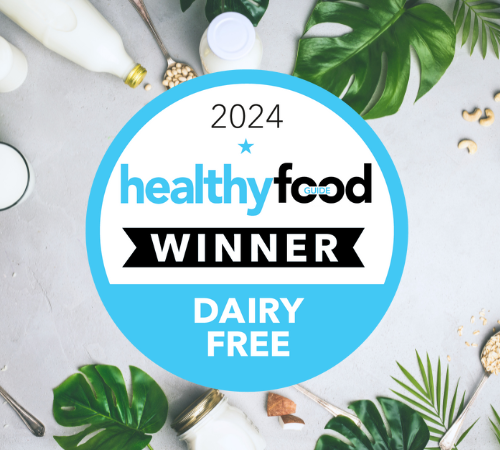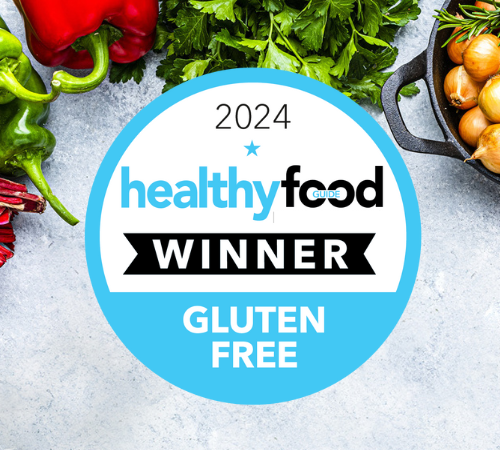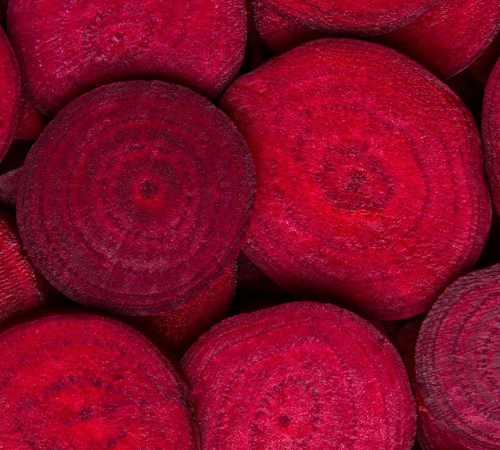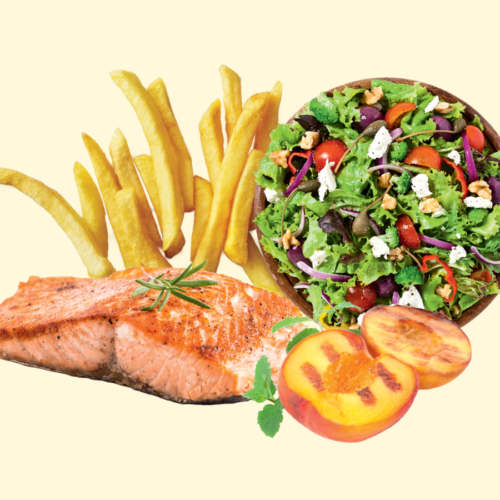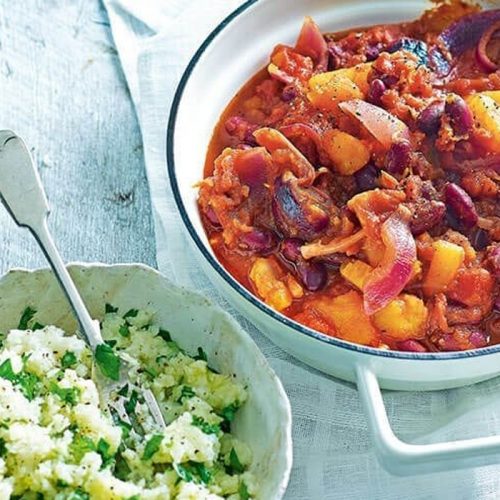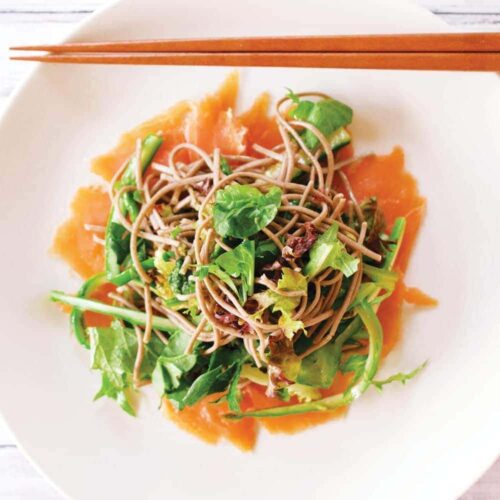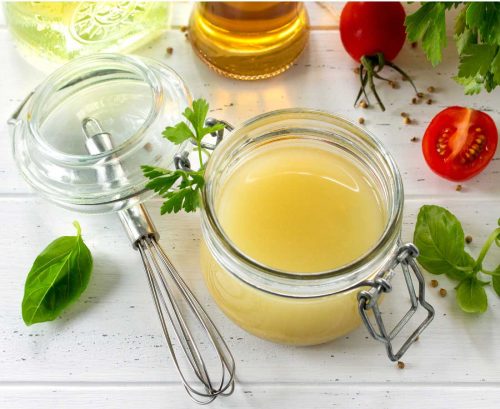
Salad is a delicious, fresh way to include more vegetables in your diet, but does eating healthily mean you can’t add dressing? Dietitian Caroline Trickey explains what makes a salad dressing healthy, so you know what to look out for when making or buying your favourite dressing.
Dressing can help transform a salad, increasing its appeal and making it much easier to devour more veg — something we can all benefit from. Plus, the oil in the dressing can help you absorb valuable nutrients, in particular the fat-soluble vitamins A, D, E and K.
However, you don’t have to douse your salad in dressing until it goes soggy. While some fats are healthy, they’re also very energy dense, which can be a plus for those looking for ways to put on a bit of weight, but might be something to be mindful of for people who are not. Just one tablespoon of some dressings can add more than 650kJ (155cal) to your salad.
4 things to look for when buying a salad dressing
1 The ingredients list
Find out exactly what’s in your salad dressing. Ideally, you want to see basic ingredients that you recognise, such as oil, vinegar or lemon juice, mustard and spices.
2 Fat
It makes dressings taste better, but while extra-virgin olive oil is ideal, it is also too expensive an ingredient for food producers to use. Most use canola or sunflower oil.
3 Sugar
This helps balance flavours in a dressing. Fat-free dressings will usually contain the highest amount of sugar.
4 Sodium
Salt varies greatly between dressings. Some have a little, but many have a lot. How much dressing you use, and what else you eat in the day, will determine just how much any dressing’s salt content contributes to your daily intake.
Whip up a healthy classic…
For an easy homemade salad dressing, use equal parts of extra-virgin olive oil and your favourite vinegar or lemon juice. Add a little honey, garlic, mustard, or any of other flavourings you’re partial to — perhaps cumin and paprika — to spice things up!
And boost your health
As little as 3g of an oil rich in monounsaturated fat — such as olive oil or canola — is all you need to promote the absorption of important carotenoids. These are linked to reducing the risk of cancer and of cardiovascular disease, and of reduced chances of macular degeneration in the eyes — all of these benefits from less than one teaspoon!
Guidelines for choosing the healthiest salad dressing
Healthy salad dressing idealy contains:
- Less than 5g sat fat per 100ml
- Less than 15g sugar per 100ml
- Less than 1000mg sodium per 100ml
www.healthyfood.com



